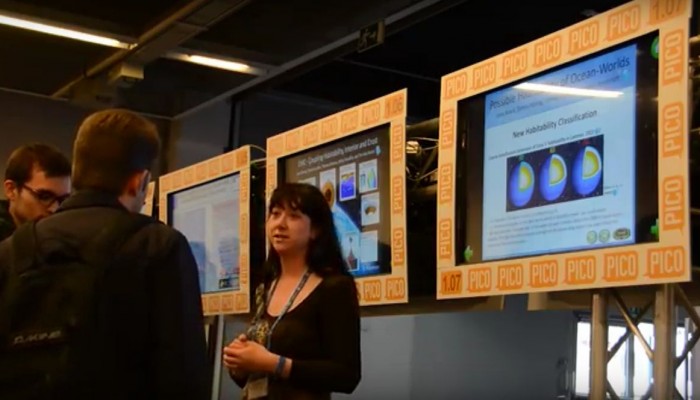Snippets of our planet’s ancient past are frozen in rocks around the world. By studying the information locked in formations across the globe, geoscientist unpick the history of Earth. Though the layers in today’s featured image may seem abstract to the untrained eye, Elizaveta Kovaleva (a researcher at the University of the Free State in South Africa) describes how they reveal the secrets of anci ...[Read More]
Imaggeo on Mondays: Of ancient winds and sands



